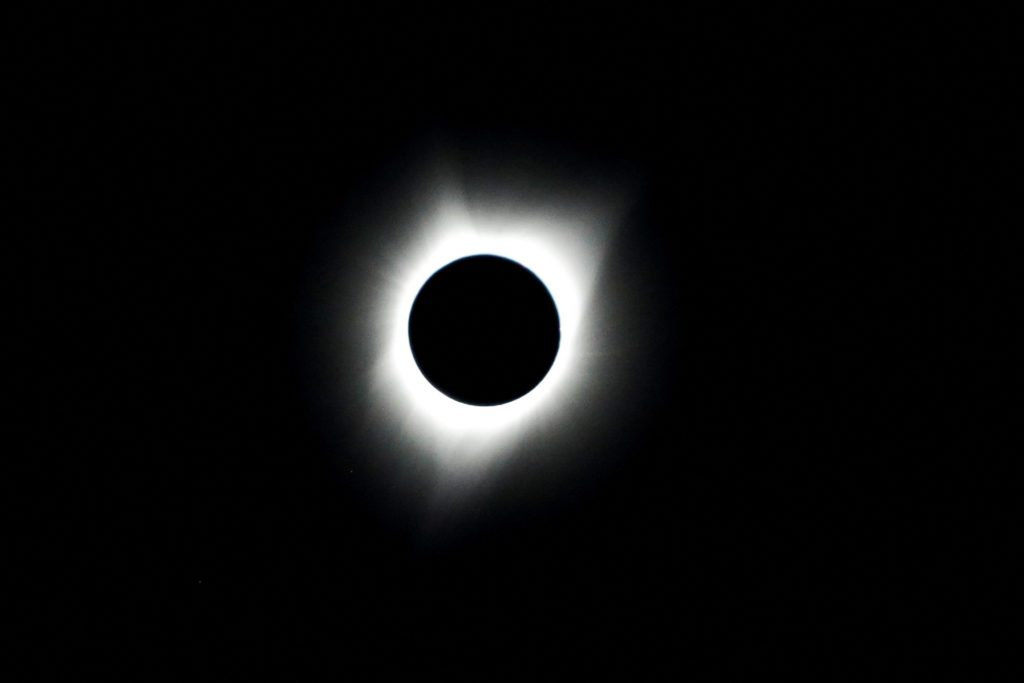Miles O’Brien:
On this eclipse day, the country did seem upside down. Normally sunny Texas was cloudy, while, in the Northeast, April showers took a break. The clouds were pushed aside by high pressure.
And so the big light show got better as it moved across the Lower 48. For NASA, clouds were not a worry. As it did during the last American eclipse in 2017, the agency launched a pair of high-flying research platforms, 50,000-foot jet sorties to the edge of our atmosphere to learn more about the edge of the sun’s atmosphere.
It’s called the corona, or crown, hotter than the sun, yet also a million times dimmer. The corona is usually cloaked in brightness. It sends a steady stream of particles toward Earth, causing beautiful auroras, but they also can interfere with radio communications, GPS signals, and satellite operations.
Scientists also hope to learn more about how the sun affects the Earth’s atmosphere. The space agency launched three sounding rockets from Wallops Island Virginia before, during, and after the eclipse to measure how the upper atmosphere changes when sunlight momentarily dims during the 90 percent eclipse there.
Wherever people saw the eclipse, there was an atmosphere of excitement.
(Cheering and applause)







